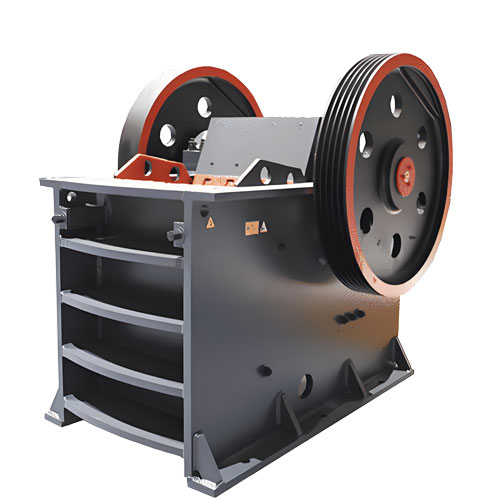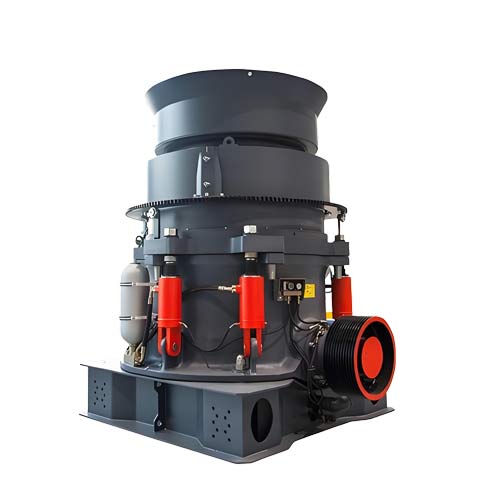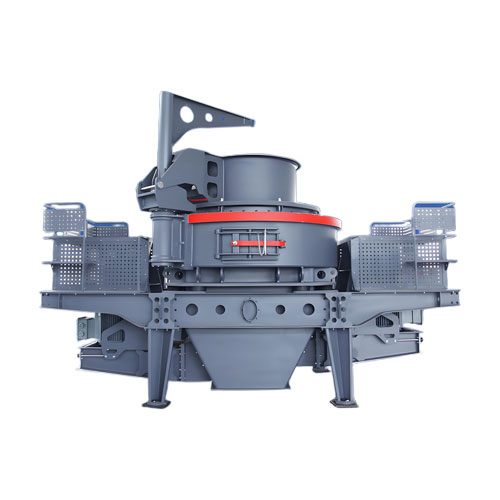The synergistic effect of pyrophyllite and other mineral raw materials
Pyrophyllite is widely used in ceramics, refractories, coatings, and other fields due to its unique physical and chemical properties (such as low expansion coefficient, good plasticity, high temperature resistance, and chemical inertness). When combined with other mineral raw materials, pyrophyllite can produce synergistic effects through physical mixing, chemical reactions, or structural complementarity, thereby optimizing the overall performance of the material. The following analyzes its synergistic effects with common mineral raw materials from different perspectives:

Synergistic effect with Kaolinite
1. Complementary physical and chemical properties:
● Balance of plasticity and strength: Kaolin has excellent plasticity but low sintering strength. Pyrophyllite improves mechanical strength by generating mullite (3Al₂O₃·2SiO₂). The mixture of the two can take into account both formability and sintering performance.
● Lower the firing temperature: Kaolin begins to decompose at around 1000°C, and the liquid phase generated by pyrophyllite promotes sintering, making the mixed system densified at a lower temperature.
● Improved thermal stability: Kaolin has a high expansion coefficient (7~8×10⁻⁶/℃). The addition of pyrophyllite can effectively reduce the overall expansion coefficient and reduce cracking caused by thermal stress.
2. Typical applications:
● Refractory clay: Kaolin provides plasticity, while pyrophyllite enhances high-temperature strength, making it suitable for kiln masonry materials.
● Porcelain body: Optimize dielectric properties and mechanical strength by adjusting the proportions.
Synergy with Quartz
1. Promote sintering and microstructure optimization:
Quartz primarily provides the skeleton structure in ceramics, but it is prone to crystal transformation (α→β quartz, volume expansion) at high temperatures, leading to cracking. The liquid phase generated by pyrophyllite envelops the quartz particles, inhibiting their expansion while promoting the formation of mullite and strengthening the network structure.
● Improve acid resistance: Quartz has poor acid resistance, and the inert surface of pyrophyllite and the generated aluminosilicate phase improve the overall acid corrosion resistance.
2. Examples of synergistic effects:
● Chemical ceramic containers: composite of pyrophyllite and quartz, combining mechanical strength and corrosion resistance.
● Microcrystalline glass: Control the ratio of pyrophyllite and quartz, induce the formation of crystal nuclei, promote the crystallization of glass phase, and improve the strength and transparency of the material.

Synergy with Feldspar
1. Fluxing and expansion coefficient adjustment:
Feldspar (such as potassium feldspar K₂O·Al₂O₃·6SiO₂) is a traditional flux, but it has a high expansion coefficient (8-12×10⁻⁶/°C). The low expansion properties of pyrophyllite can balance the negative effects of feldspar and prevent product deformation.
● Liquid phase generation synergy: Feldspar begins to melt at around 1100℃, and the liquid phase generated by pyrophyllite cooperates with it to promote the densification of the green body and reduce the firing temperature.
2. Application scenarios:
● Glaze formula: Feldspar provides gloss and fluidity, while pyrophyllite stabilizes the glaze and prevents cracking.
● Low-temperature fast-firing ceramics: The two work together to lower the firing temperature and shorten the production cycle.
Synergistic Effect with Talc
1. Thermal expansion coefficient matching:
● Talc has a low expansion coefficient (5~6×10⁻⁶/℃), which is similar to that of pyrophyllite. The two can be mixed to prepare ultra-low expansion materials (such as honeycomb ceramic carriers).
● Improve thermal shock resistance: The layered structure of talc is conducive to stress release, and works together with pyrophyllite to keep the material stable in rapid cooling and heating environments.
2. Typical products:
● High temperature kiln furniture: Utilize low expansion characteristics to extend the service life of kiln furniture.
● Automobile exhaust catalyst carrier: Honeycomb ceramics need to be resistant to high temperatures and thermal shock, and the two work together to meet performance requirements.
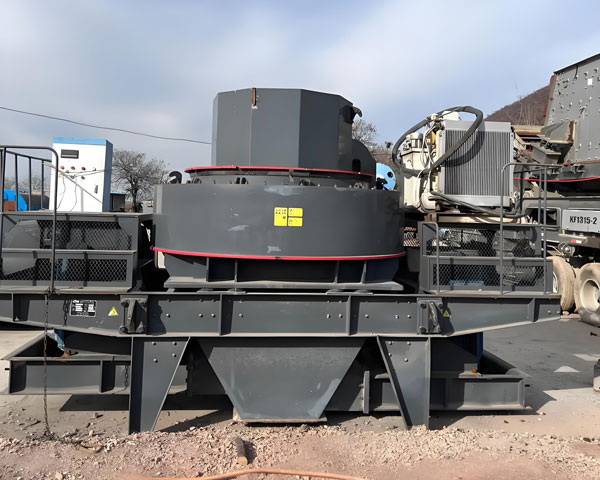
Synergistic effect with alumina (Al₂O₃)
1. Enhanced high temperature performance:
● During the sintering process, pyrophyllite generates mullite in situ, forming a continuous skeleton structure with the added alumina, significantly improving the material’s high-temperature strength (such as creep resistance) and erosion resistance.
● Optimize microstructure: Fine-grained alumina fills the intercrystalline pores of mullite generated by pyrophyllite, improving density.
2. Application areas:
● Refractory castables: used for steel smelting furnace linings to improve resistance to slag erosion.
● Precision ceramic tools: enhanced hardness and wear resistance.
Synergistic effect with zirconium oxide (ZrO₂)
1. Stress-induced toughening:
● Zirconia has a phase transformation toughening effect (tetragonal phase → monoclinic phase, volume expansion). The low expansion matrix of pyrophyllite can limit the growth of ZrO₂ grains, stabilize the tetragonal phase, and enhance toughness.
● Improved high-temperature stability: The two work together to improve the material’s thermal shock resistance above 1000°C.
2. High-end applications:
● Structural ceramic components (such as engine parts): combine high strength and resistance to thermal shock.
● Dental ceramics: Improve the toughness and durability of restorations.
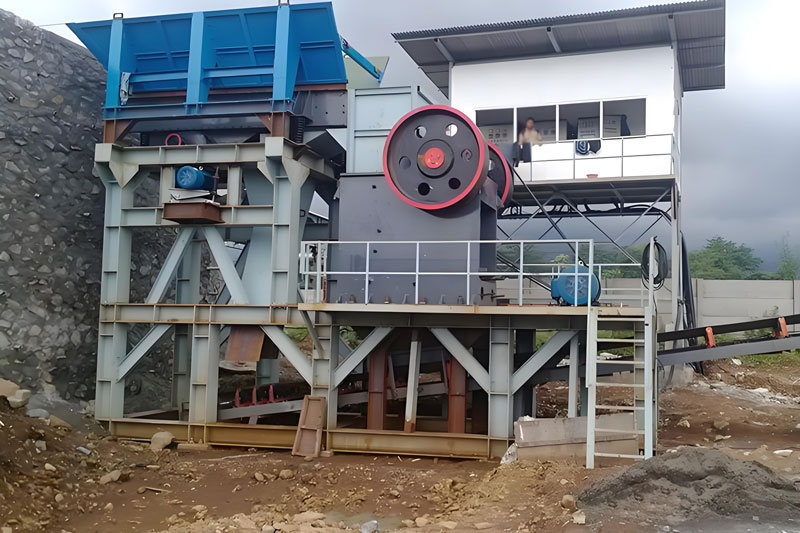
Synergy with Silicon Carbide (SiC)
1. High temperature oxidation resistance and strength enhancement:
● Silicon carbide has excellent high-temperature strength, but it is easily oxidized to form SiO₂. The aluminosilicate phase generated by pyrophyllite reacts with SiO₂ to form a protective film that inhibits SiC oxidation.
● Composite strengthening mechanism: The pyrophyllite-mullite network and SiC particles form a “skeleton-dispersion” structure, which improves the bending strength and fracture toughness.
2. Application scenarios:
● High-temperature kiln components: such as burner nozzles, which can withstand erosion from high-temperature airflow.
● Wear-resistant ceramic lining: used for equipment protection in mining and cement industries.
Key factors affecting synergy
1. Mineral composition and purity:
○ The Al₂O₃/SiO₂ ratio in pyrophyllite (ideally 1:4) directly affects the amount of mullite produced, and other impurities (such as Fe₂O₃, TiO₂) may affect the synergistic effect.
2. Particle size and distribution:
○ Fine-grained pyrophyllite (e.g. D50 < 5 μm) promotes uniform reaction, while coarse particles may affect sintering uniformity.
3. Sintering temperature and atmosphere:
○ The reaction temperature windows of different mineral raw materials need to match. For example, when pyrophyllite is compounded with carbide under a reducing atmosphere, attention should be paid to preventing oxidation.
4. Proportion optimization:
○ Predict phase composition through thermodynamic simulation (such as FactSage) and optimize the formula (such as 10%~30% pyrophyllite + other raw materials) to achieve optimal performance.
Technical Challenges and Future Directions
1. Interface reaction control: In-depth study of the reaction kinetics between pyrophyllite and other minerals at high temperatures to avoid the formation of unfavorable phases.
2. Nanocomposite technology: Nano-size pyrophyllite and compound it with nano-scale oxides (such as nano-alumina and nano-zirconia) to develop high-performance ceramic materials.
3. Digital formula design: Combined with machine learning, a mineral raw material-performance database is established to quickly screen the optimal formula.
4. Comprehensive utilization of resources: Utilize low-grade pyrophyllite and tailings to expand synergistic application areas through surface modification or composite technology.
Related Products
Inquiry
Please leave us your requirements, we will contact you soon.


